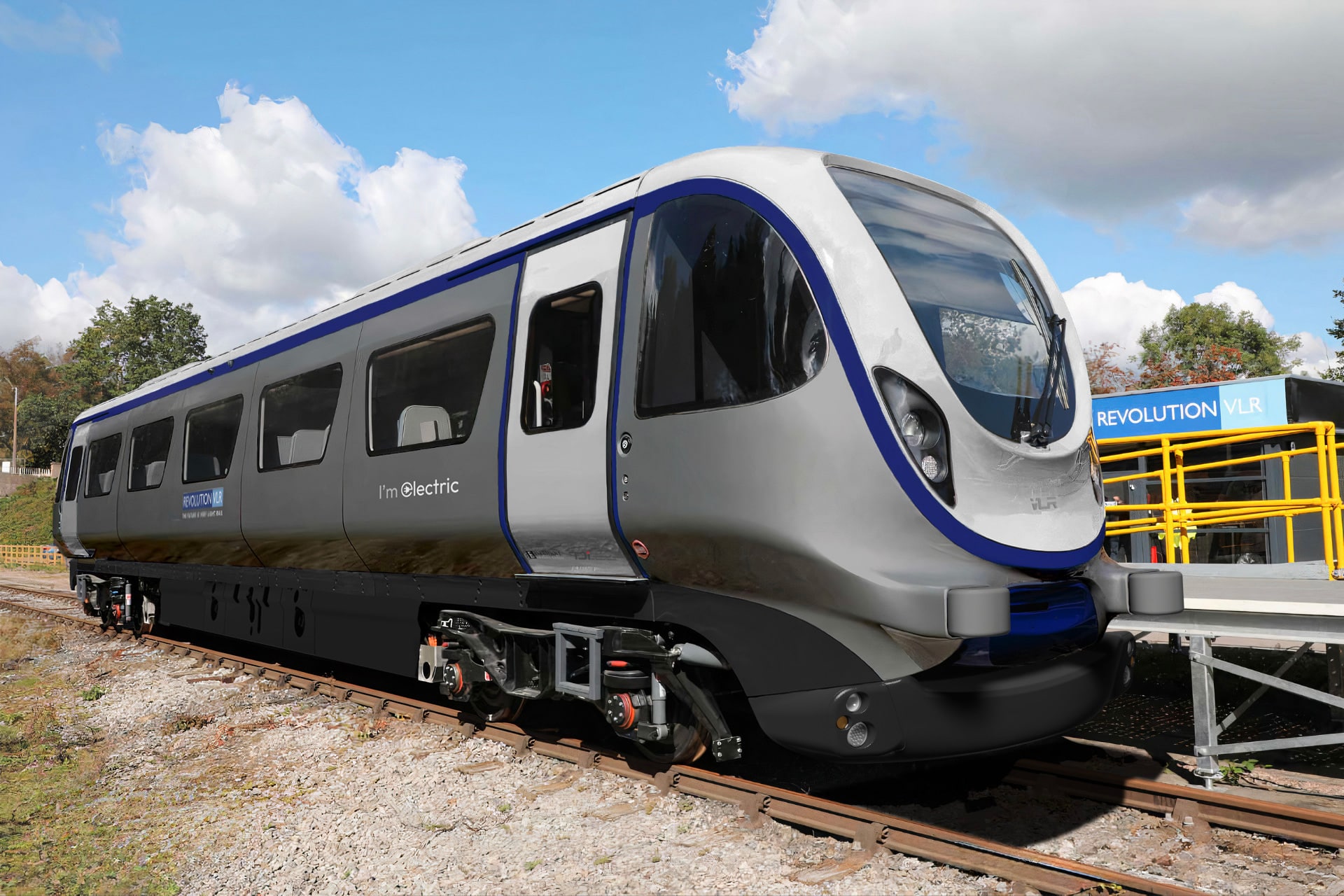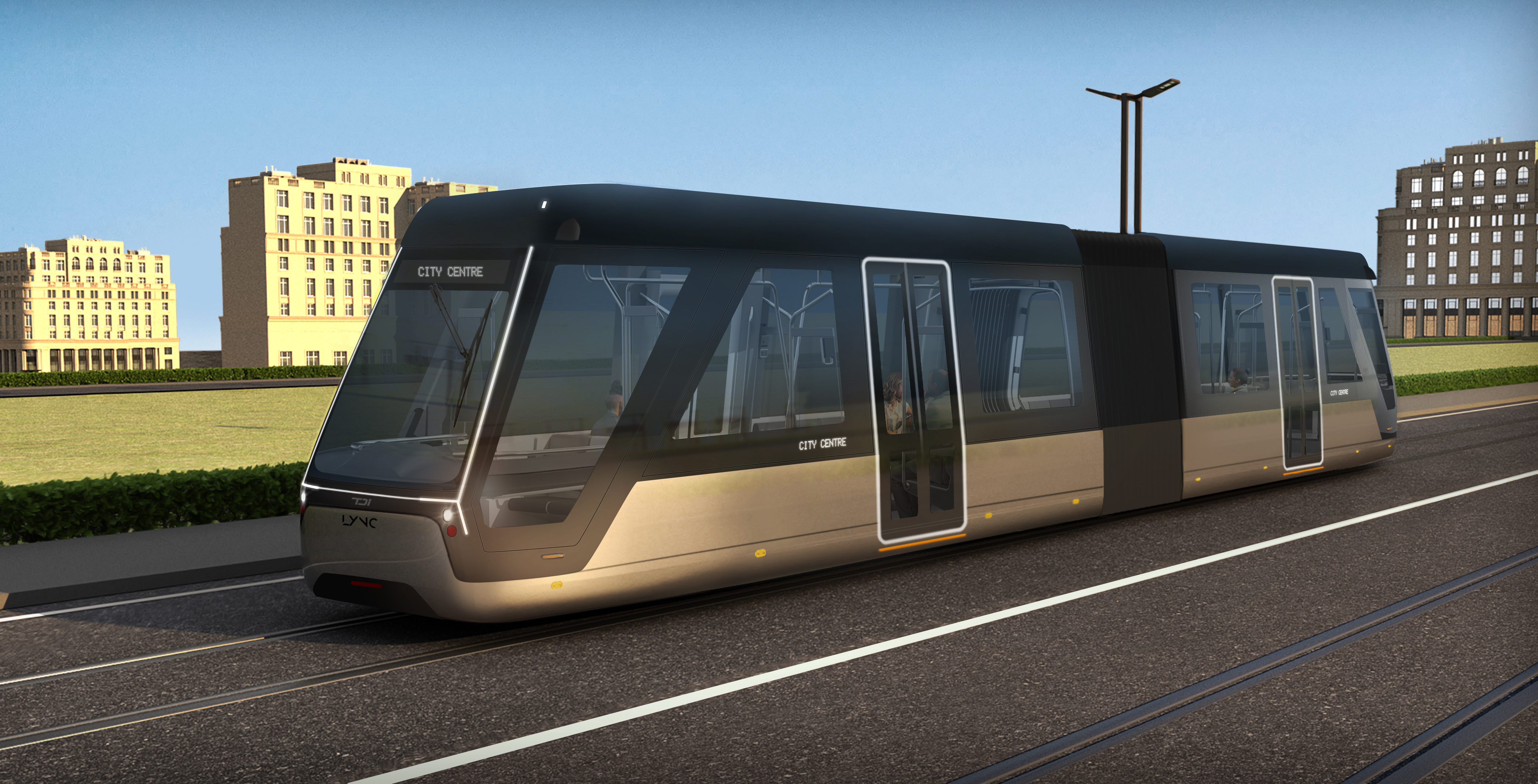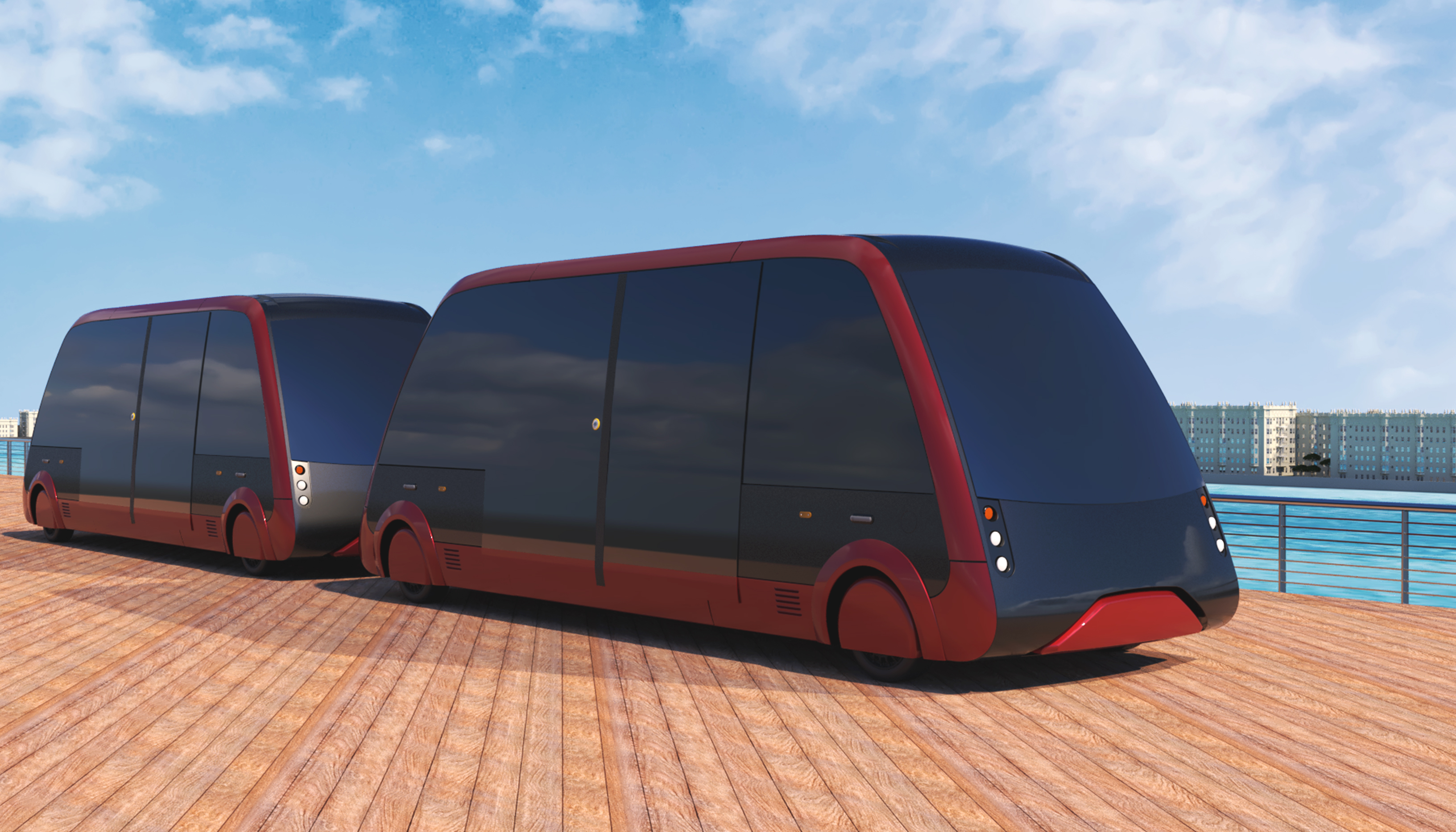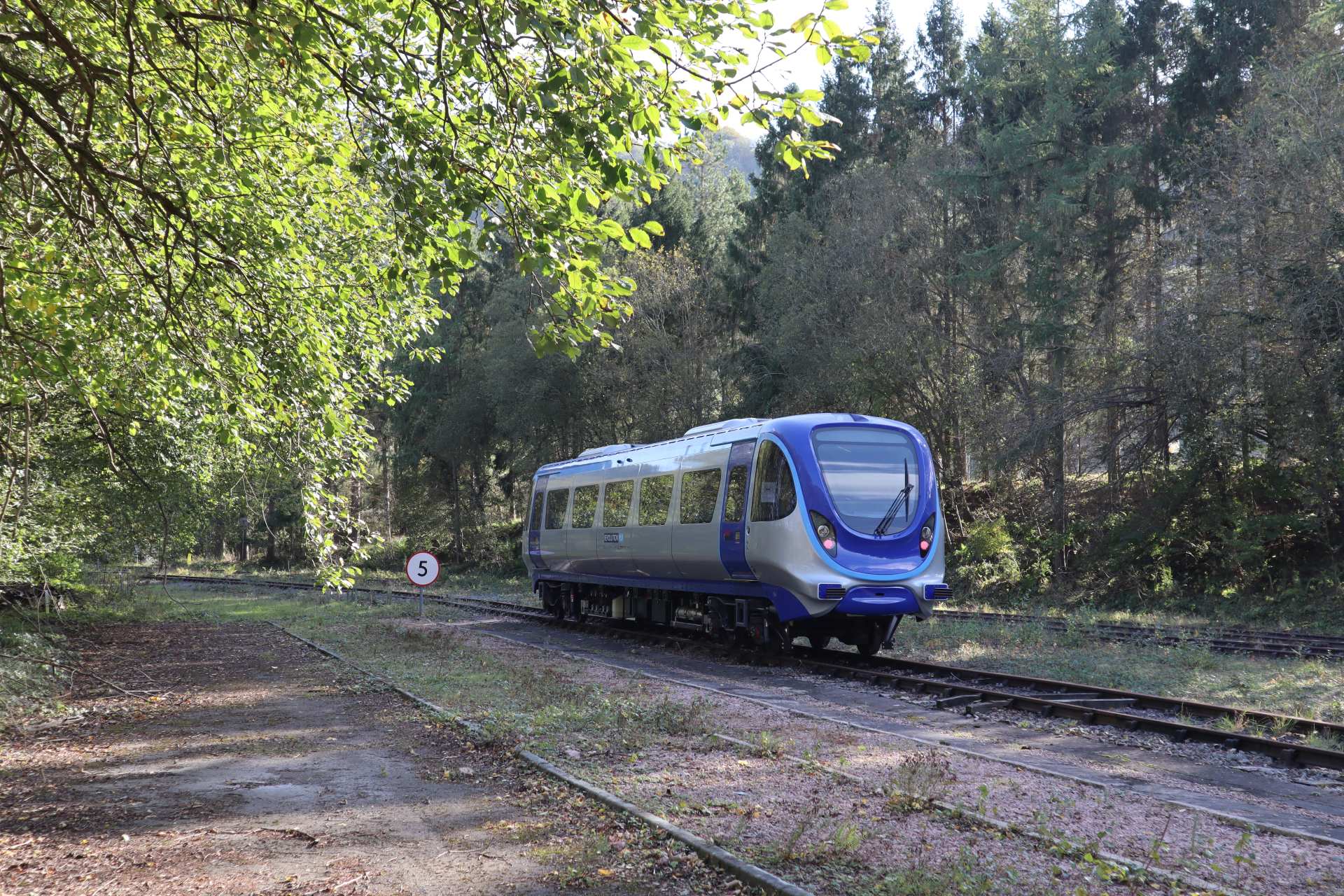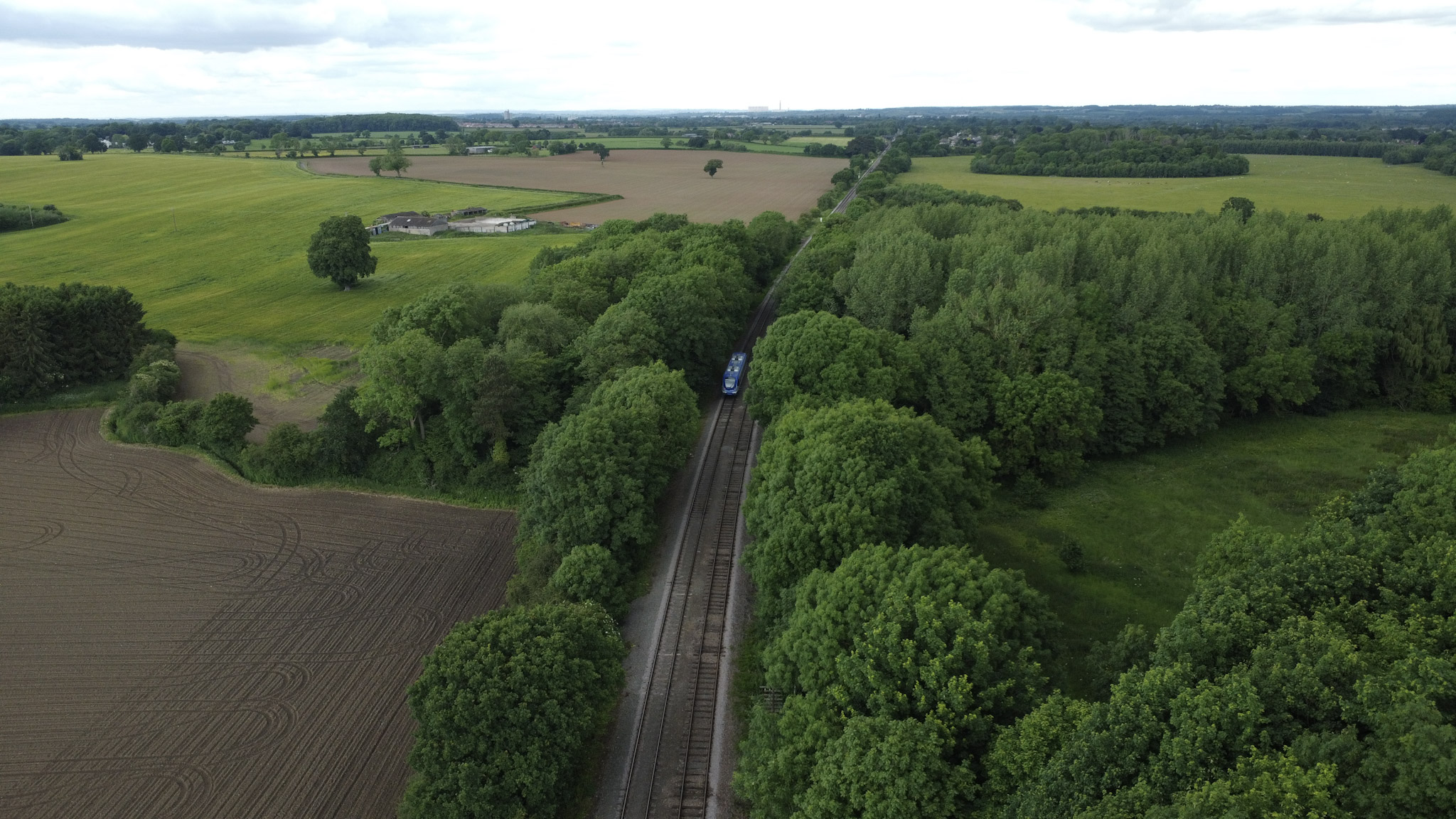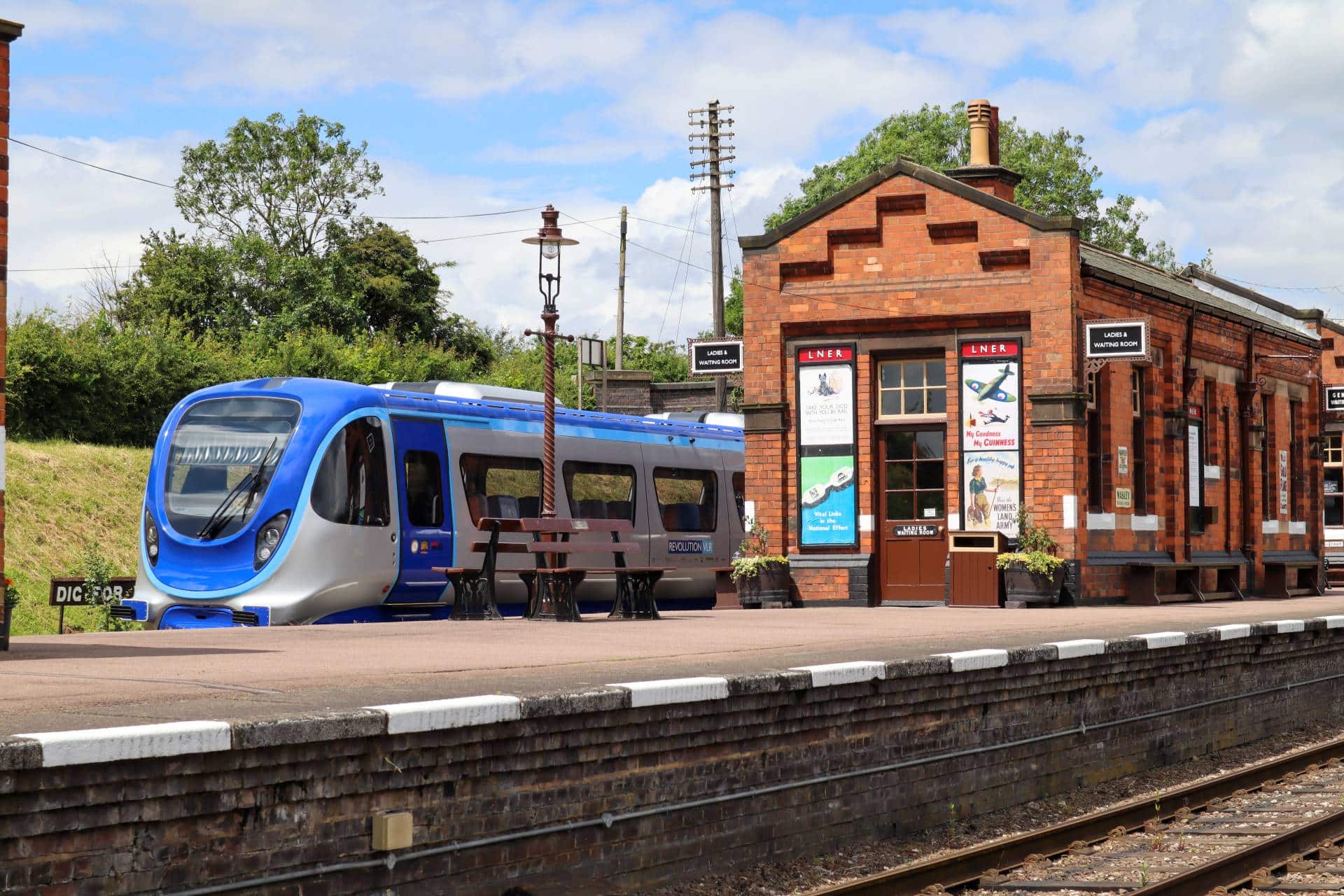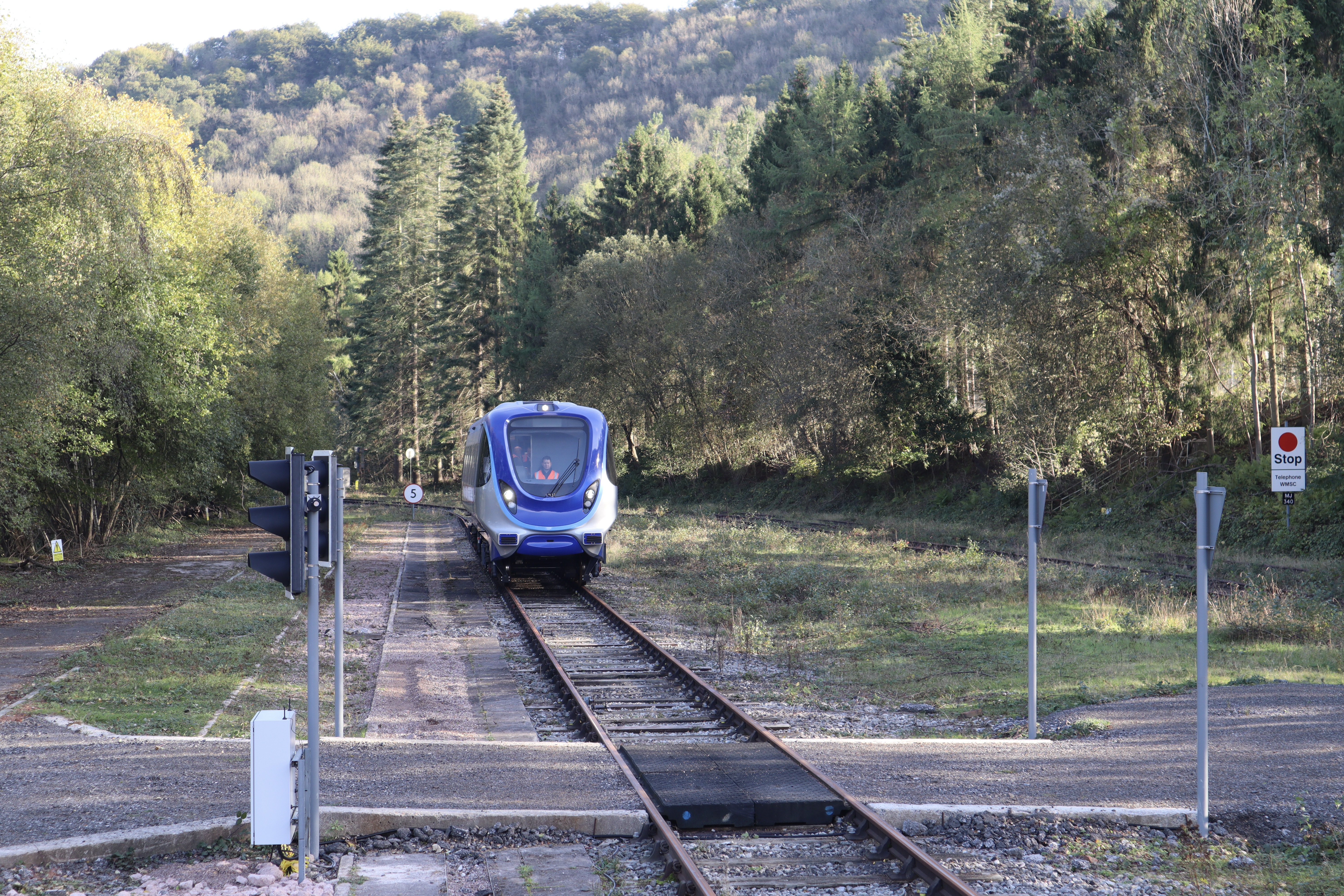As cities and communities around the world seek smarter, greener transport solutions, rail technology continues to evolve. Two terms gaining attention in this space are Light Rail and Very Light Rail (VLR)—but what sets them apart?
What is Light Rail?
Light Rail Transit (LRT) refers to urban rail systems that typically operate on exclusive tracks with overhead electrification. Common in major cities such as Birmingham, Manchester and Edinburgh, LRT serves high-density corridors and requires significant infrastructure investment. While efficient, Light Rail systems are often costly to implement and maintain, limiting their reach for smaller towns and rural areas.
The primary driver for this costly implementation is the need to realign a significant amount of utility infrastructure due to the LRT Rolling Stock weight. Weight of any product has an impact on its surrounding components and LRT is no different. The average weight of an LRT vehicle such as the Birmingham Metro vehicle is more than 40 tonnes, which in most cases is as heavy as mainline rolling stock. This means that significant civil engineering work is required to deliver and support an LRT system.
What is Very Light Rail (VLR)?
Very Light Rail (VLR), pioneered by Transport Design International (TDI), is a lightweight, alternative to standard LRT deployments. VLR uses battery-powered and zero-emission propulsion vehicles which are designed to deliver energy efficient rail solutions combining significantly reduced manufacturing and operational costs. These vehicles also carry similar seating and standing capacities to LRT vehicles, but on a significantly lighter platform making the whole transit solution extremely cost effective compared to any LRT system.
Due to the design characteristics and specifications, VLR can operate on existing or simplified track infrastructure and where required, operate on a lightweight track system which is capable of being deployed without the costly re-alignment of utilities infrastructure. This makes VLR a more affordable and viable rail solution for connecting smaller towns and suburban communities to larger transport hubs and urban environments.
What VLR offers?
- Lightweight = Lower Cost of operation
By using lightweight vehicles, the cost of the infrastructure on which they operate is lower.
- Lightweight = Zero-emission operation
By using lightweight vehicles, the power requirements are lower, which makes battery solutions easier to deploy and less energy to operate.
- Modular = Rapid Deployment
By using a modular approach and digital technologies, the infrastructure can be deployed rapidly.
TDI’s VLR Innovation
TDI leads the way in VLR with award-winning solutions like the Revolution VLR, which combines cutting-edge lightweight technology with cost efficiency and minimal environmental impact. Unlike traditional rail, Revolution VLR enables rapid deployment on LiteLine infrastructure with reduced disruption to local environments, which supports regional economic growth and social mobility.
Other notable VLR solutions from TDI include:
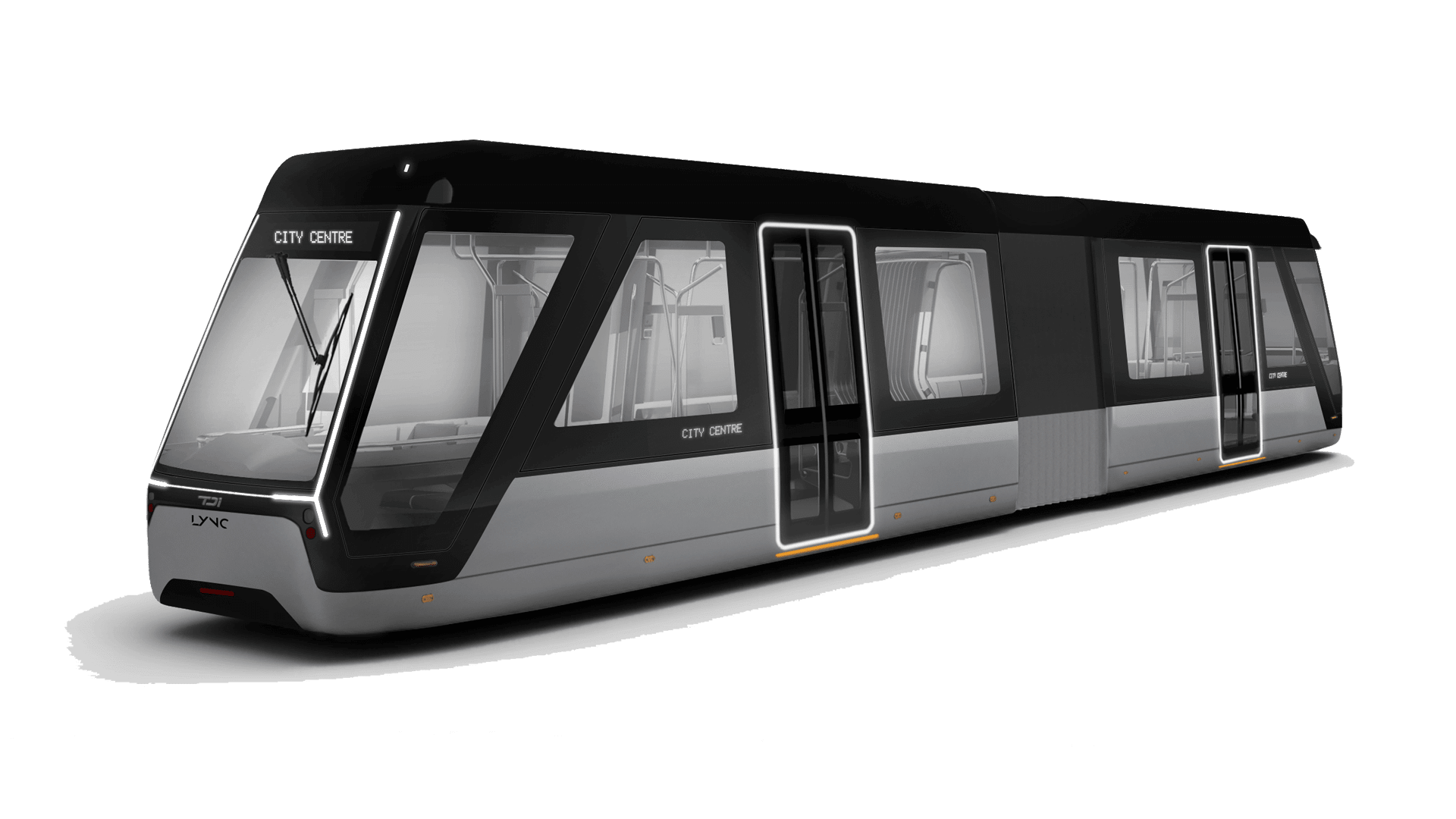
Lync
an urban VLR vehicle ideal for LiteLine intra-city journeys
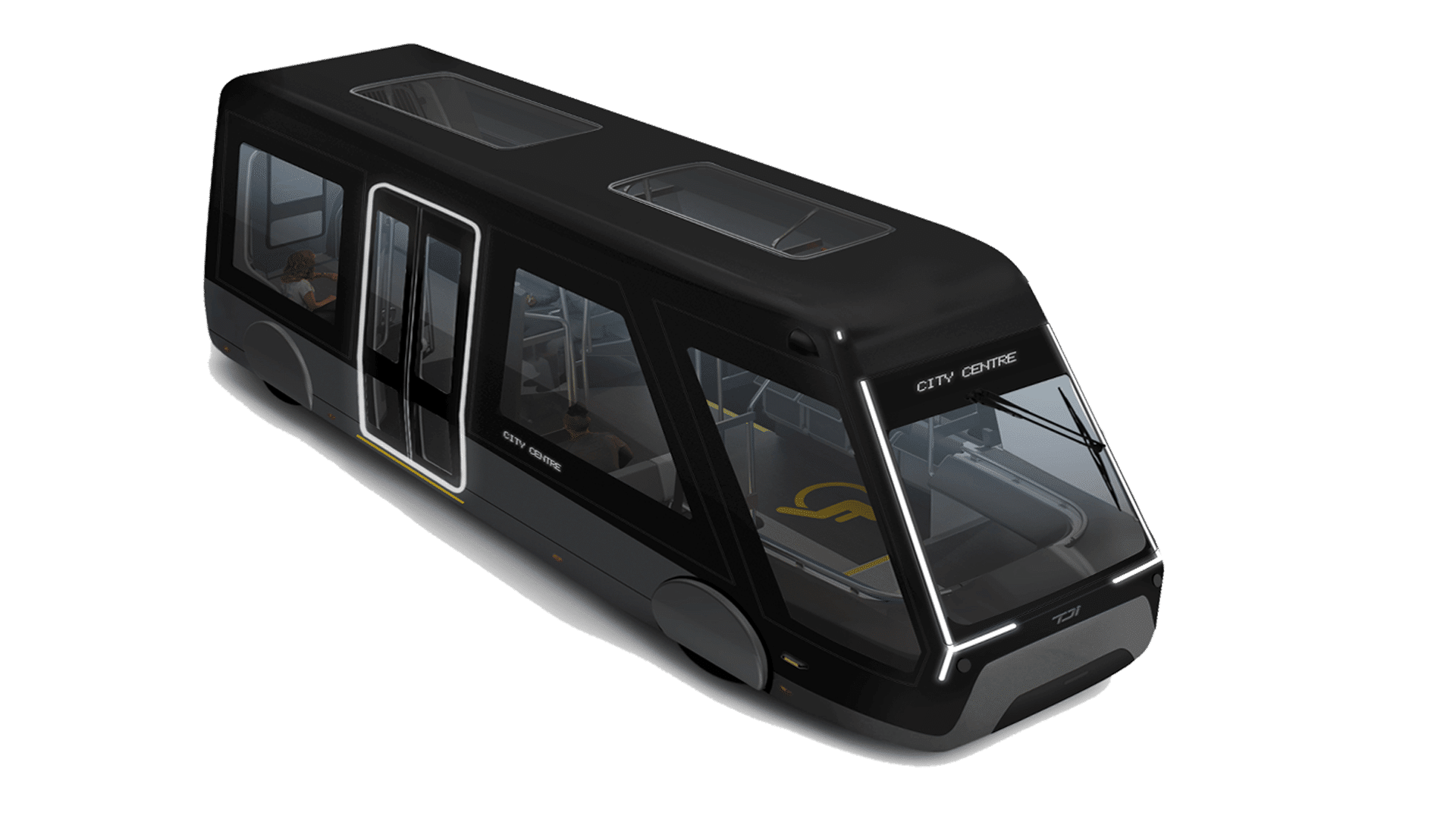
Orbit
a versatile system tailored for campus or town-centre connections
TDI was also the designer and manufacturer of the very light rail Coventry City Tram vehicle [CVLR], which is currently being deployed in an urban demonstration environment in 2025.
The Future is Light—Very Light
Very Light Rail systems not only support net-zero emission goals but also offer sustainable transit options for regions previously underserved by rail. As the rail industry moves towards greener mobility solutions and smart infrastructure, VLR enables a low-cost path to inclusive and future-ready local transport for urban and rural communities, providing a viable alternative to transport by car.
Subscribe to our newsletter and stay connected with TDI or follow us on LinkedIn.
For more information on Very Light Rail – https://transportdesigninternational.com
For all media inquiries, please contact TDI at press@tdi.co.uk.
